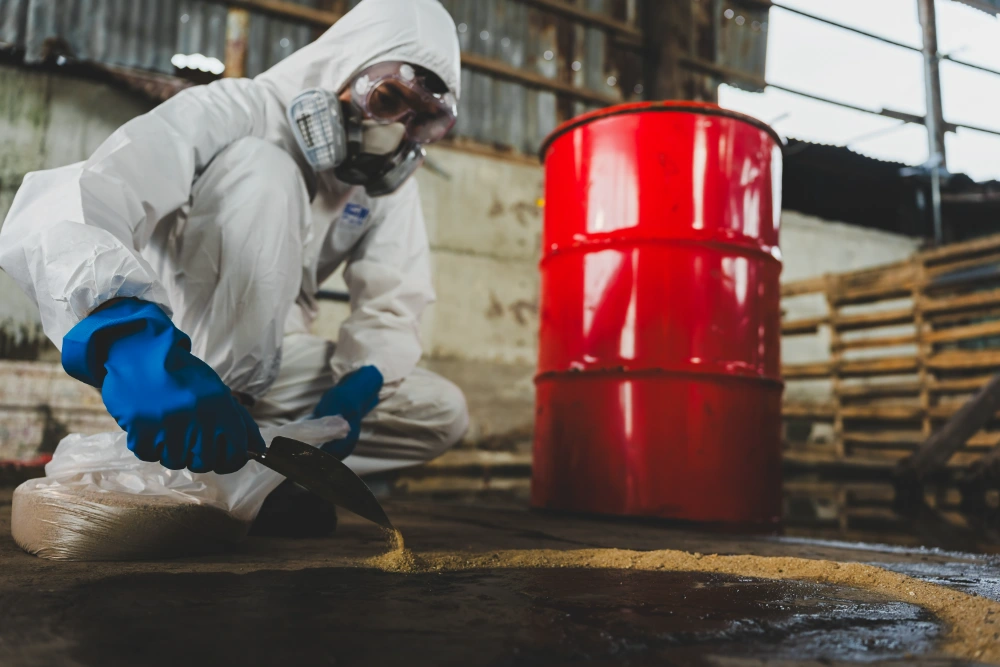What You CAN’T See CAN’T Hurt You: Is This Really True for HIDDEN MOLD in Homes, Schools, and Other Buildings?
There is a famous proverb: what you don’t know can’t hurt you. For the purpose of our discussion, we decided to narrow down the proverb to: what you can’t see can’t hurt you.
In this blog we will explore the validity of the above statement in the context of mold contamination in homes, schools, and other buildings.
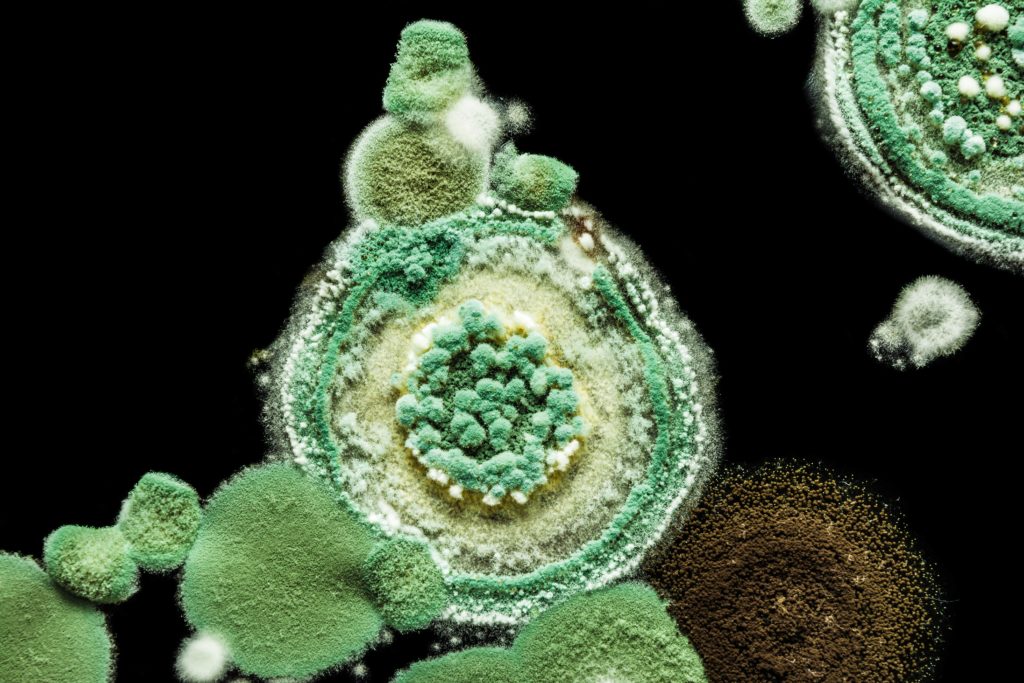
According to the Centers for Disease Control and Prevention (CDC), “Mold is a fungal growth that forms and spreads on various kinds of damp or decaying organic matter.”
Mold can grow on virtually any organic substance, as long as moisture and oxygen are present. When mold spores land on places that have excessive moisture or where humidity is high, they begin to grow and can form new mold colonies.
The key word here is “moisture.”
Mold does not need a lot of water to grow. In fact, a little condensation around a window sill or in a bathroom is enough to create conditions conducive to mold growth. Common sources of moisture include roof leaks, condensation due to high humidity, slow leaks in plumbing fixtures, humidification systems, sprinkler systems, and floods. Common sites for indoor mold growth include bathroom tile and grout, basement walls, areas around windows, near leaky water fountains, and around sinks.
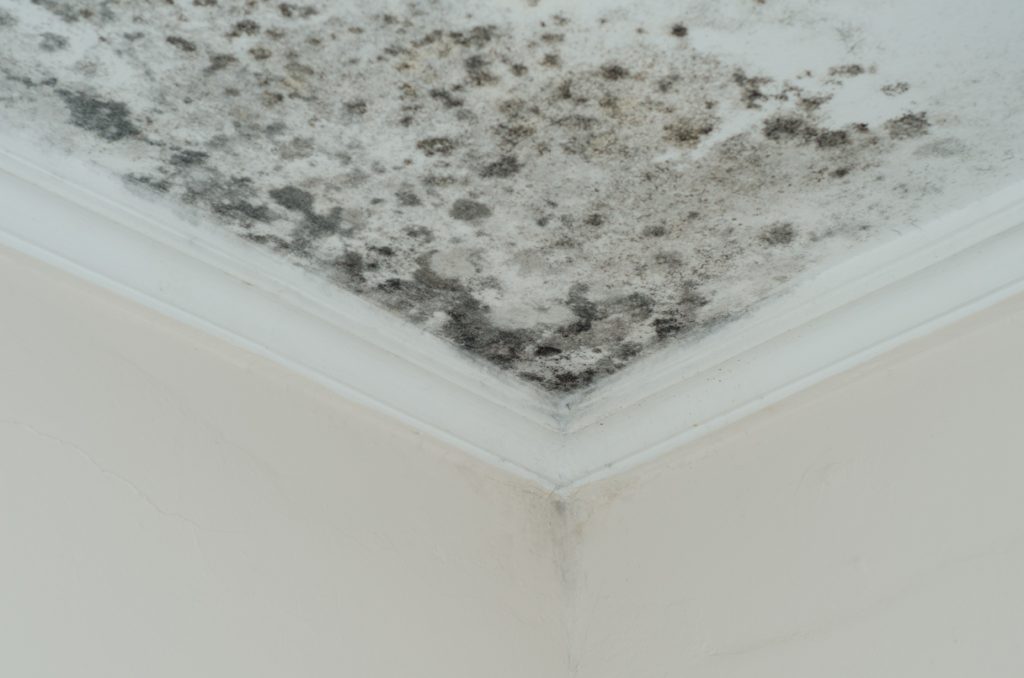
While some moisture problems are easy to see, others may be hidden. Possible locations of hidden moisture that may result in hidden mold growth include pipe chases and utility tunnels, walls in cold corners behind furniture where condensation forms, poorly draining condensate drain pains inside air handling units, porous thermal or acoustic liners inside duct work, roof materials above ceiling tiles, the back side of drywall, paneling, and wallpaper, and the underside of carpets and pads.
Why Is Mold A Problem In The Indoor Environment?
While in the recent years, concern about indoor exposure to mold has increased along with public awareness of the health effects associated with mold exposure, one of the most difficult concepts to grasp about mold contamination is that many times there are no visible signs of mold growth.
So, if mold is not visibly present, should home and building owners be concerned about it? YES, even if mold is not visibly present, home and building owners should still be concerned about it.
Mold is a substantial problem in the indoor environment because it gradually destroys or digests the things it grows on. Unaddressed mold growth or hidden mold growth can silently, over time, damage buildings and furnishings, rot wood, damage drywall, and ultimately cause structural damage to buildings.
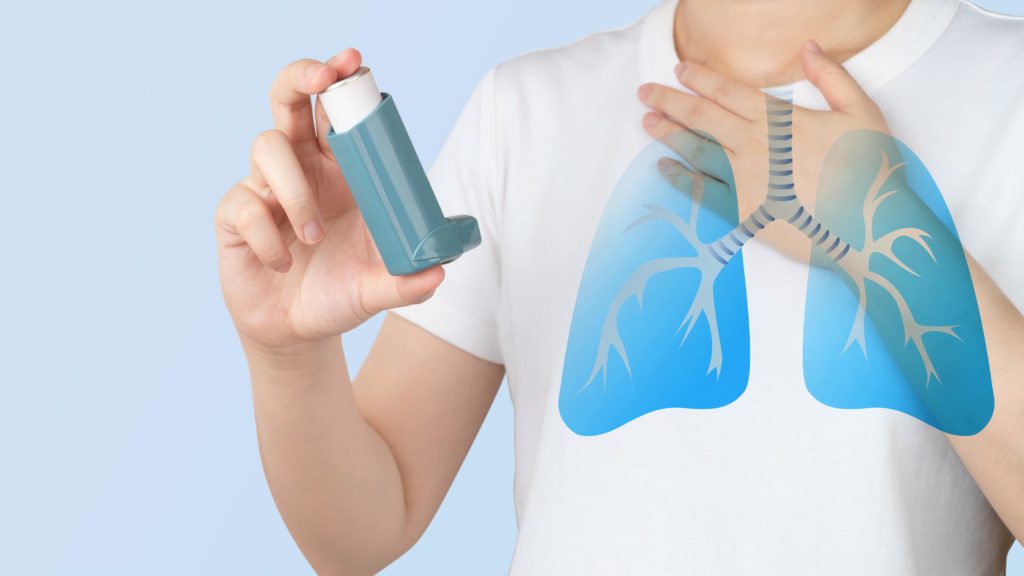
In addition to structural damage, mold growth in buildings can lead to unpleasant odors and can trigger health effects in some individuals. The onset of health problems not only impacts the building occupants, but also the building owners who may have to bear high costs to resolve the underlying issues.
A Preliminary Conclusion
From our discussion so far in this blog, we can safely conclude that, “what you CAN’T see CAN hurt you.”
Most people think that mold would be easy to spot and identify. Yet, in practice, it may not always be the case and falling for this trap may cost building owners thousands of dollars in repairs, renovation, and other costs as the problem worsens over time.
In reality “invisible” mold is not invisible, it is just hidden.
Fortunately for building owners, there are tell-tale signs of hidden mold contamination that warrant a thorough building investigation to identify potential areas of mold growth and the root cause of the mold problem. These warning signs include reports of health problems in building occupants, moldy or musty odor, water leaks, condensation, and floods.
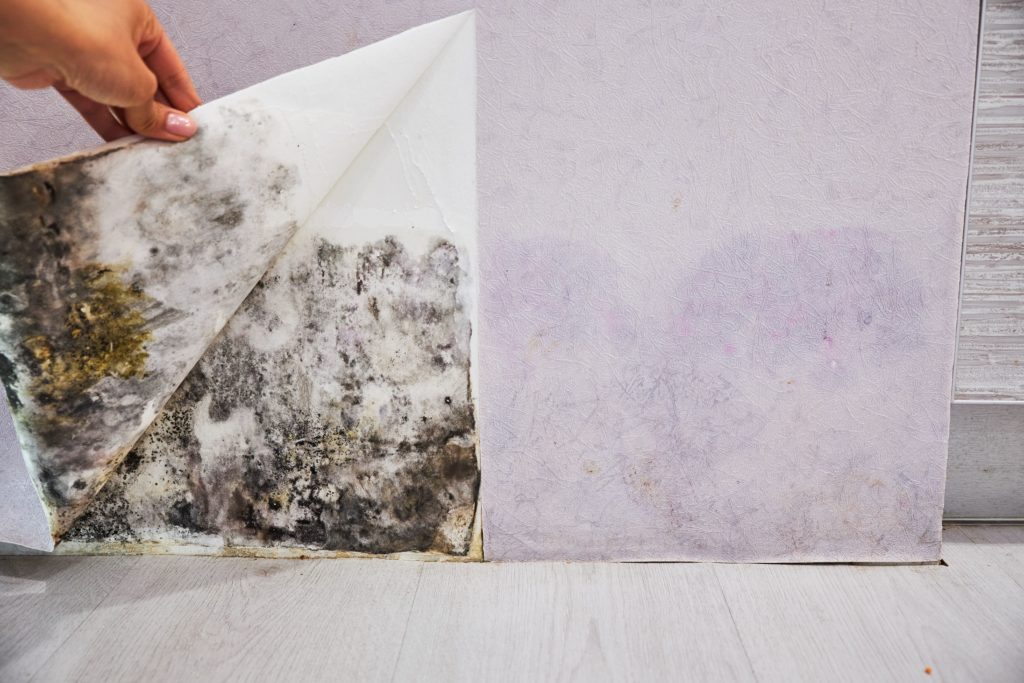
Let us briefly review the warning signs of mold contamination in indoor environments.
Health Effects
Molds produce allergens, irritants, and potentially toxic substances or chemicals (mycotoxins). Mold exposure can irritate the eyes, skin, nose, throat, and lungs of both mold-allergic and non-allergic people. For people who are sensitive to mold, exposure can lead to hay fever-like symptoms, such as headache, sneezing, runny nose, red eyes, and skin rash (dermatitis). For people with asthma or allergies to mold, exposure can lead to more intense reactions.
Moldy or Musty Odor
Some compounds produced by molds have strong smells. These compounds are known as microbial volatile organic compounds (mVOCs). As molds starts growing in buildings, the occupants may begin to report a “moldy odor” or “musty smell” along with other health effects. A musty or moldy odor suggests that mold is growing in the building and should be investigated.
Water Leaks
Mold contamination resulting from water leaks is not always easy to identify as the leak may be in an area that is not easily noticeable or accessible, such as behind a wall. If home and building owners are aware of a water leak, it must be repaired quickly.
Additionally, home and building owners must remain vigilant to any signs of water damage resulting from hidden water leaks.
Signs of water damage include water stains or discoloration on ceilings, walls, or floors; cracking, peeling, or bubbling paint or wallpaper; a squishy hardwood floor; lumpy and uneven-looking attic insulation; etc. If home and building owners spot any of these signs, the building must be thoroughly investigated to identify the source of moisture and any areas of potential mold growth.
Condensation
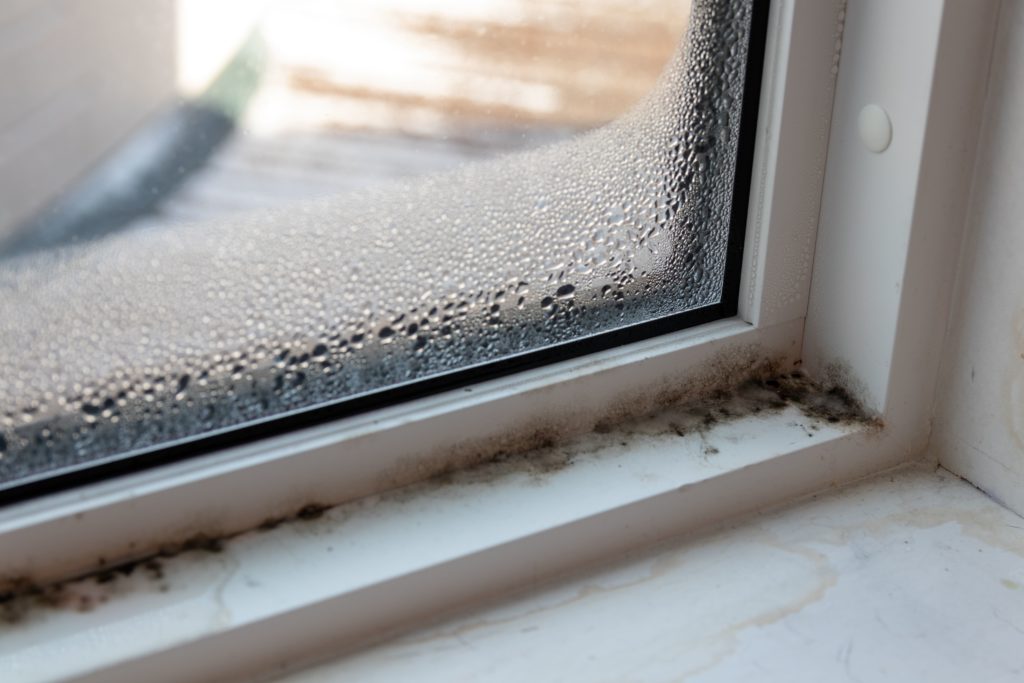
Condensation can be a sign of high humidity which can ultimately lead to mold growth. When warm, humid air contacts a cold surface, the water vapors turn into liquid droplets that are visible on the outside of the cold surface. This phenomenon is known as condensation. Areas where condensation often forms include windows, air-conditioning ducts, pipes, and behind furniture. During a building investigation, these areas must be carefully investigated for signs of moisture and/or mold growth.
Floods
Floods can result in water damage inside buildings. When things remain wet for more than two days, they usually become moldy. If a building has experienced flooding in the past, then it is possible that there may be some form of mold contamination lurking in the dark.
Final Thoughts
The key to mold prevention is moisture control.
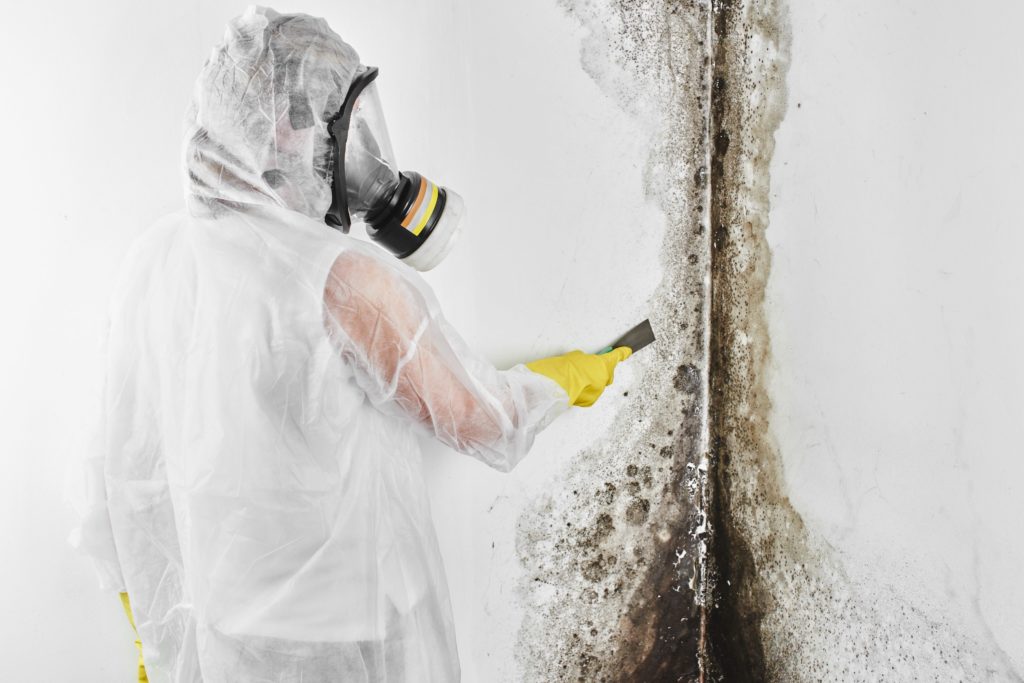
While eliminating all mold and mold is spores virtually impossible, controlling indoor moisture will control the growth of indoor mold. Routine maintenance and repairs substantially reduce the likelihood of mold problems in buildings.
If you are not experienced with mold remediation procedures, it is recommended that you consult a professional when making repairs or seek assistance with mold remediation and mold-prevention-related changes to the building.
If left unchecked, mold contamination can become a substantial health and safety hazard over time.
Please remember: Even if you CAN’T see mold, it CAN still hurt you.
References
- Centers for Disease Control and Prevention (CDC). (2022, February 25). Indoor Environmental Quality. Website. https://www.cdc.gov/niosh/topics/indoorenv/whatismold.html
- United States Environmental Protection Agency (EPA). (2022, May 05). Mold. Website. https://www.epa.gov/mold

 EN |
EN |  ES
ES

